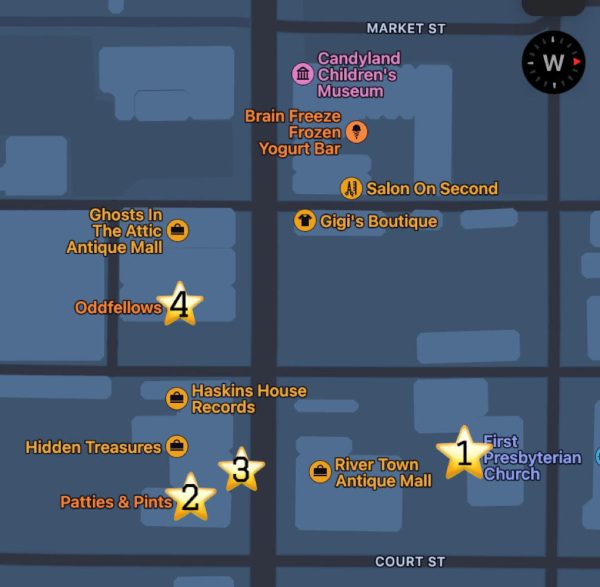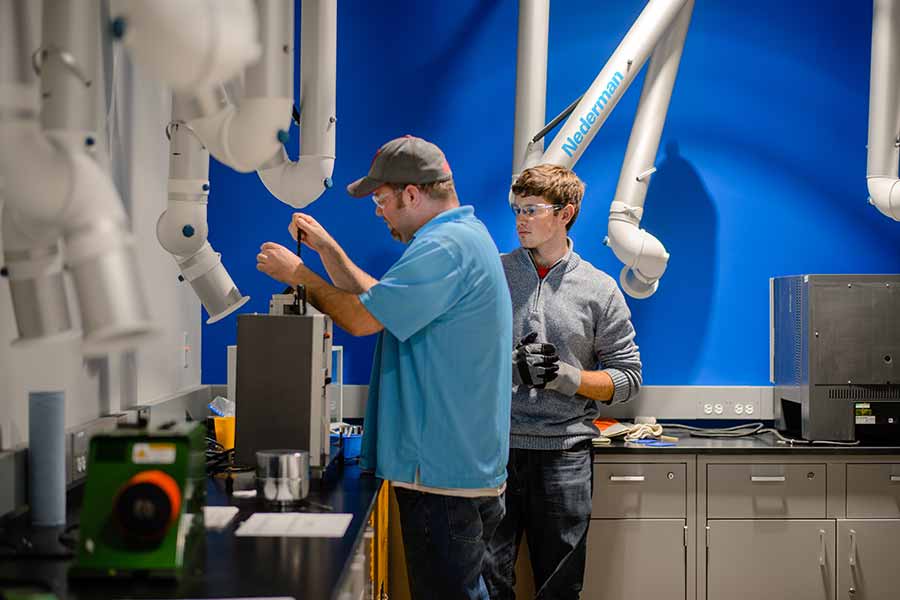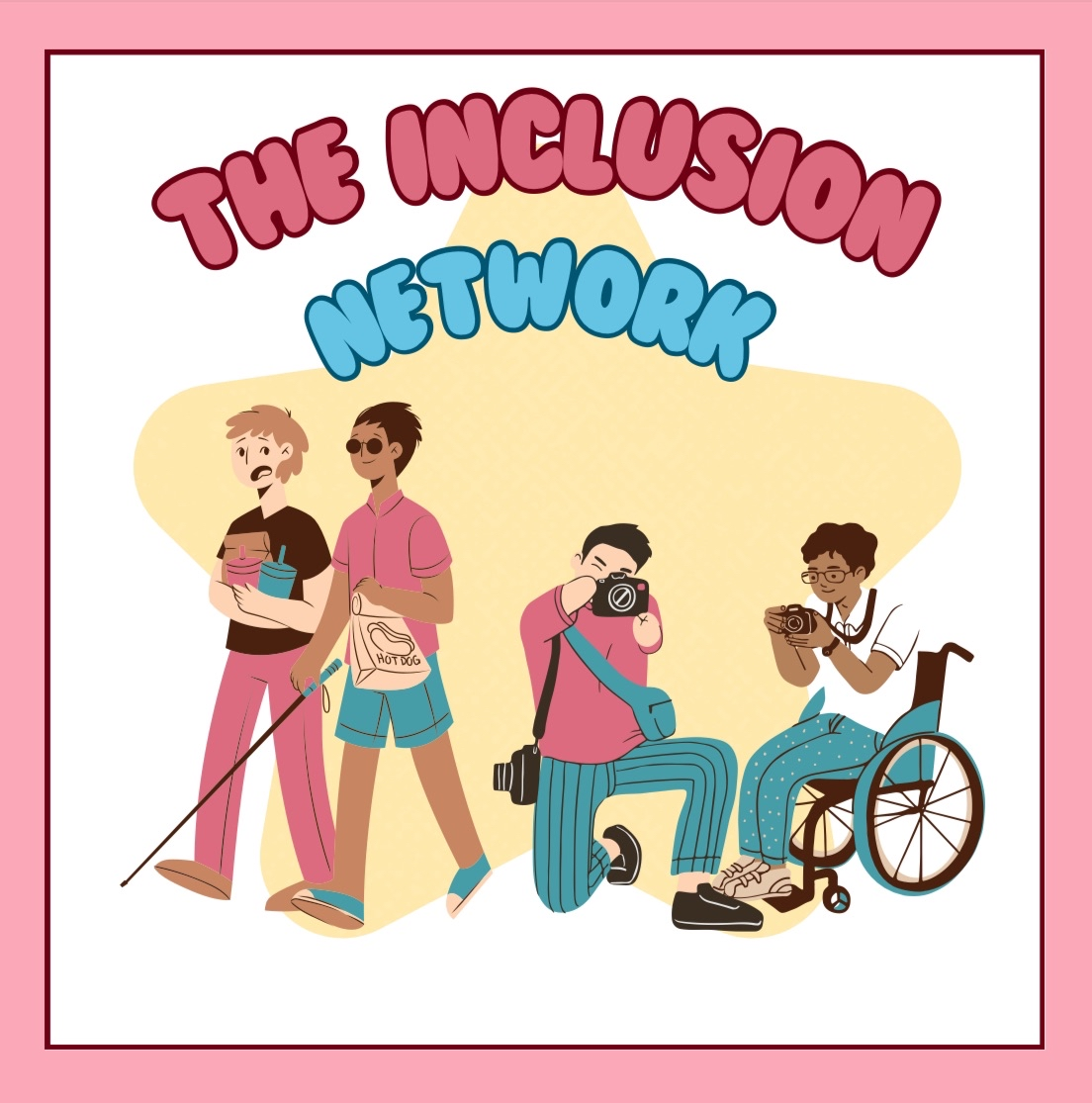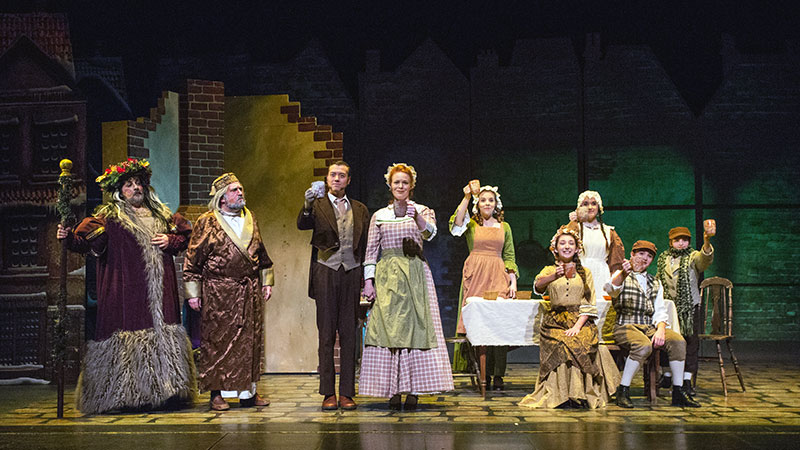To celebrate Black History Month, the Southern Ohio Museum and Cultural Center hosted “Poetry Moves Us Beyond” on Feb. 24. The museum partnered with the Ohio Poetry Association (OPA) and Poets Against Racism & Hate USA (PARH USA) for the event.
The morning started with poetry workshops for adults (led by Brew Wilson-Battles) and children (led by Rikki Santer and Chuck Salmons), followed by a lunch break and then poetry readings. The evening wrapped up with a presentation on the Underground Railroad in Portsmouth, followed by a tour of some local sites of historical significance.
Maureen Cadogan, a Portsmouth local, has collected items representative of Black history over time. Although this wasn’t the first time her collection had been on display at SOMACC, it was the first time it had been on display for this purpose.
“‘The Power of Objects’… [contains] difficult imagery,” said Jenna Stewart, the museum’s collection manager. “It’s concerning an ugly part of our history. It’s hard to look at.”
Stewart stated that she hopes that those who view Cadogan’s collection will do so with “an open mind.”
The OPA reached out to the museum and connected with Stewart to organize the event, which marked the first leg of OPA’s poetry tour.
The adult poetry workshop focused on the collection, using the items as an inspiration.

Wilson-Battles had the group focus on a particular object that spoke to them the most, and then explore literal and metaphorical situations.
How was it made?
Put it in water.
Take it apart.
Connect it to something or someone.
Destroy it.
Leave it alone.
Bring it back.
The group came up with their ideas and jotted them on pages.
The workshop ended with the group volunteering to share their ideas.
Jared Howard, a student at Shawnee State University, shared how the objects as a whole reminded him of a recent FOX News broadcast. His poem was inspired by Raymond Arroyo’s comment on former President Donald Trump’s new sneaker line: “This is connecting with Black America because they love sneakers.”
Other SSU students, such as Presley Trejo and Zach Elliott, shared their love and appreciation for the workshop as well.
After a lunch break, groups met in the theater section of the museum to hear poetry by locals. Chelsea Watkins, Chandler-Ryan Campbell and Portia Williams read some of their poetry, along with their favorites by other poets.
“The Slave Auction,” read by Chelsea Watkins, was written by Frances Ellen Watkins Harper, an African-American woman who lived through the Civil War. Harper grew up in Baltimore, Maryland, and spent her life as an abolitionist.
“From the Diary of an Almost-Four-Year-Old” was written by Hanan Mikhai’il Ashrawi, a Palestinian poet. Campbell read two poems by Palestinians to remind the audience of the injustices occurring in the Middle East.
Known as the Black National Anthem, “Lift Every Voice and Sing” was a poem written by James Weldon Johnson, an NAACP leader, in 1900. The poem was first sung and dedicated on Abraham Lincoln’s birthday. A section of the hymn was performed at the museum by Portia Williams.

The event concluded with a presentation and walking tour by SSU history professor Andrew Feight.
Feight had given the presentation and tour a few times before. Every time he does it, though, he and the Appalachian Freedom Initiative team uncover more of the past to present to the community.
A recent development has been the discovery of Milton Kennedy and the Piketon 55. Kennedy, who owned a feedstore with his brother-in-law Joseph Ashton, led one of the biggest escapes for freedom seekers before the Civil War.
Wilbur Siebert, an Ohio State professor who gathered accounts of the Underground Railroad, had Kennedy’s account of this mission aboard a steamboat in his collection, but Siebert labeled the 55 freedom seekers as freemen. The collection, however, does not contain first-hand reports of the exact correspondences between Siebert and his interviewees. Siebert might have assumed the travelers were free, or Kennedy might have said they were to avoid implicating himself.
A recent discovery from the newspaper collection at the Center for Public History revealed a similar account in which the people aboard the steamboat headed down the Big Sandy River were not free. The mission was handed down the ranks to Kennedy, but his orders came from a future president—James A. Garfield.
To keep up with future events at SOMACC, visit their website or Facebook.











